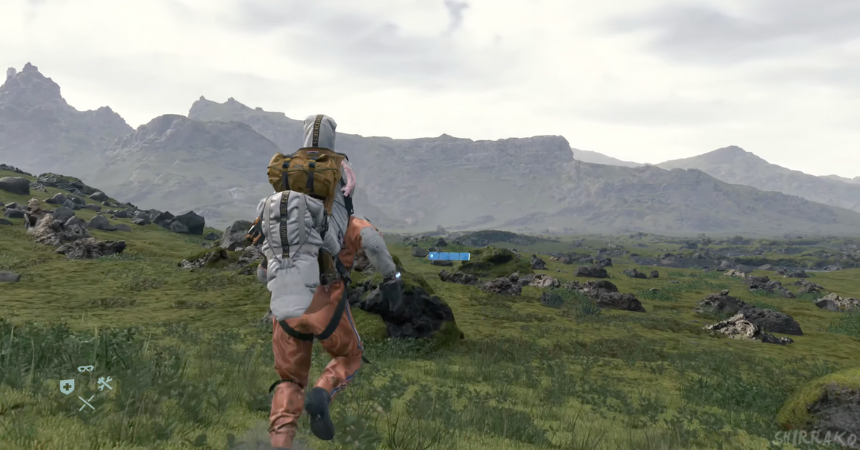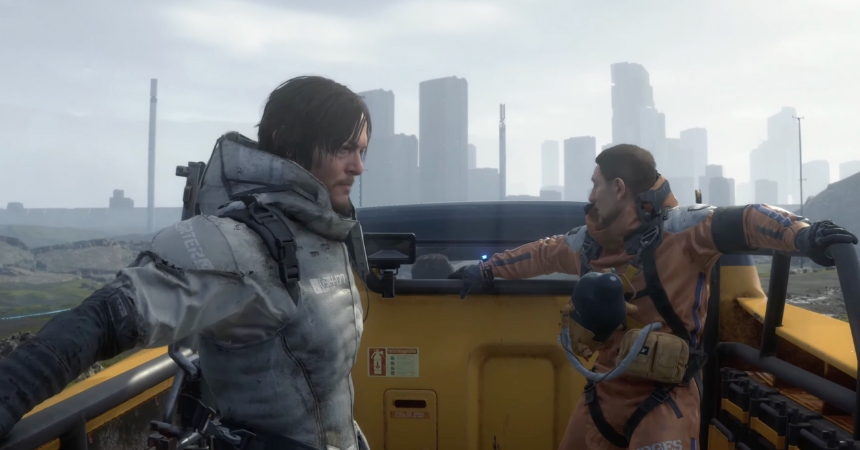Breaking Down the Intricacies of Interconnected Travel in Death Stranding
- Landon White
- 25 Apr, 24

In the ethereal yet haunting world of Death Stranding, a game developed by Hideo Kojima and produced by Kojima Productions, players engage in more than just a narrative-driven adventure; they experience a complex exploration and connectivity mission. At its core, Death Stranding revolutionizes the concept of travel in video games by intertwining survival mechanics, social strands, and the rebuilding of a fractured society. This article delves deeply into the various aspects of interconnected travel systems in Death Stranding, examining how they impact gameplay, player interaction, and the overall narrative of the game.
Understanding the Terrain
One of the foremost challenges in Death Stranding is the daunting, varied terrain that players must navigate. From steep cliffs and deep rivers to snowy mountains and war-torn cities, the environment itself acts as a formidable opponent. The game’s terrain is meticulously detailed, impacting not only travel speed but also the risk of damaging precious cargo. The protagonist, Sam Bridges, must use tools like ladders, ropes, and, later, more advanced construction equipment, such as bridges and roads, to traverse these landscapes.
The real-time weather effects, including the mysterious Timefall—a rain that accelerates aging—add layers of difficulty and strategy to terrain navigation. Players must plan routes, consider the weight and distribution of their cargo, and prepare for unforeseen circumstances. The immersive nature of the game's environment forces players to respect and adapt to the virtual natural world.
Buildings and Structures for Connectivity

As players progress in Death Stranding, they gain the ability to construct various structures that aid in travel and connectivity. These include Postboxes for storage, Bridges to cross rivers, and even Safe Houses for rest. One of the game's standout features is the online connectivity component, where the structures built by one player can appear in another player’s game, symbolizing a form of asynchronous multiplayer gameplay.
This system encourages a feeling of community and cooperation despite players experiencing the game in a single-player mode. Seeing a bridge or a road built by another player not only aids in your immediate journey but also instills a sense of belonging and contribution to the collective effort of reconnecting the fractured states in the game’s story. This interconnected structure-building significantly changes how players approach travel, turning solitary treks into shared journeys.
The Role of the Chiral Network
A crucial aspect of progression in Death Stranding is expanding the Chiral Network—a futuristic internet analog that Sam reconnects across the continent. Each new connection to this network extends the area where players can communicate and share resources with each other, use structures built by other players, and access additional supportive tools and information.

As players expand the Chiral Network, they not only advance their ability to travel more efficiently but also unlock narrative content, revealing more about the game’s world and the mysterious Death Stranding event. This network, symbolically and mechanically, stitches the shattered world back together, illustrating Kojima’s theme of forging connections in isolation.
Survival Mechanics and Resource Management
Travel in Death Stranding is not merely about reaching a destination; it requires careful management of resources and attention to survival mechanics. Players must manage Sam’s health, equipment durability, and cargo integrity. The act of walking is rendered with a hyper-realistic balance system, where carrying too much or mismanaging your load can result in a fall, damaging your cargo and endangering Sam’s life.
The inclusion of survival elements elevates the travel mechanics to a meditative but tense practice of balancing risk against reward. Players must decide whether to take longer, safer routes, or risk harsher paths for quicker deliveries. The constant calculation of these factors ensures that the player remains engaged and thoughtful throughout their journey.
Impact on Narrative and Player Experience

The travel systems in Death Stranding are intricately tied to the game’s narrative. The loneliness of Sam’s long journeys across desolate landscapes is poignant, reflecting the themes of connection and solitude. Each delivery holds significance, not just for the rewards and game progression, but as a narrative act of healing a broken world.
Moreover, players often find themselves reflecting on the impacts of their actions, not only on the environment and other players but also on their internal journey through the game. This introspective examination makes Death Stranding’s travel system uniquely profound among modern video games.
Death Stranding’s approach to travel and connectivity is a multifaceted exploration of survival, cooperation, and solitude that challenges conventional gameplay mechanics. It offers players not just a game but a profound experience of rebuilding connections in a fragmented world. Through its intricate travel mechanics and network systems, Death Stranding encourages a new form of engagement and reflection.











